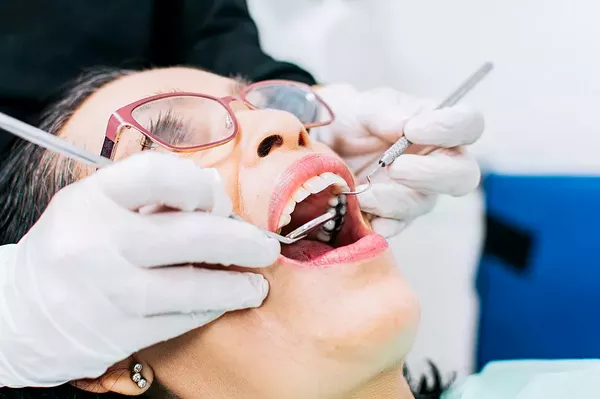Gingivitis, an early stage of gum disease, is characterized by inflamed and bleeding gums caused by the accumulation of plaque along the gumline. While proper oral hygiene practices are essential for managing gingivitis, some cases may require additional treatment, including the use of antibiotics. Antibiotics can help combat bacterial infections and reduce inflammation associated with gingivitis. In this article, we will explore the types of antibiotics commonly used for gingivitis treatment, their effectiveness, and considerations for their use.
Understanding Gingivitis and Bacterial Infections
Gingivitis is primarily caused by the presence of plaque, a sticky film of bacteria, on the teeth and gums. Over time, the bacteria in plaque can lead to inflammation and infection of the gum tissue. Bacterial infections play a significant role in the development and progression of gingivitis.
Types of Antibiotics Used for Gingivitis
Several types of antibiotics can be prescribed to treat gingivitis, each with its own mechanism of action and benefits:
Tetracycline Antibiotics:
Tetracycline antibiotics, such as doxycycline and minocycline, are commonly used for the treatment of gum infections. They work by inhibiting the growth of bacteria and reducing inflammation.
Penicillin Antibiotics:
Penicillin antibiotics, like amoxicillin, are effective against a wide range of bacterial infections, including those associated with gum disease. They target and kill the bacteria responsible for inflammation and infection.
Metronidazole:
Metronidazole is an antibiotic specifically effective against certain types of anaerobic bacteria, which can contribute to gum infections and inflammation.
Effectiveness and Considerations
The effectiveness of antibiotics for gingivitis depends on various factors, including the severity of the infection and the specific bacteria involved. Consider the following:
Professional Evaluation: Before prescribing antibiotics, a dentist will perform a thorough examination to determine the extent of the infection and whether antibiotics are necessary.
Combined Treatment: Antibiotics are often prescribed in combination with professional dental cleanings and improved oral hygiene practices for optimal results.
Short-Term Use: Antibiotics are typically prescribed for short durations to address acute infections. Prolonged use of antibiotics should be avoided to prevent antibiotic resistance.
Side Effects: Like all medications, antibiotics can have potential side effects. Discuss any concerns with your dentist or healthcare provider.
Full Course: If prescribed antibiotics, complete the full course even if symptoms improve. Stopping antibiotics prematurely can lead to incomplete eradication of the infection.
Consultation with a Dentist
It’s important to note that antibiotics should not be used without professional guidance. Consulting a dentist is essential for the following reasons:
Proper Diagnosis: A dentist can accurately diagnose the underlying cause of gingivitis and determine whether antibiotics are necessary.
Personalized Treatment Plan: Dentists can create a personalized treatment plan that may include antibiotics, professional cleanings, and improved oral hygiene practices.
Minimizing Risks: Dentists consider your overall health and any potential interactions with other medications to minimize risks.
Preventing Gingivitis
While antibiotics can be effective in treating gingivitis, prevention is key:
Brush and Floss: Maintain a consistent oral hygiene routine of brushing and flossing to remove plaque from teeth and gums.
Regular Dental Visits: Schedule regular dental check-ups and cleanings to detect and address gingivitis early.
Healthy Lifestyle: Adopt a healthy diet and lifestyle, avoid tobacco use, and manage underlying health conditions that can affect gum health.
Conclusion
Antibiotics play a crucial role in treating gingivitis by targeting bacterial infections and reducing inflammation. Tetracycline antibiotics, penicillin antibiotics, and metronidazole are commonly prescribed options, depending on the specific situation. However, antibiotics should only be used under the guidance of a dental professional to ensure proper diagnosis, treatment planning, and management of potential risks. Combining antibiotics with professional dental cleanings and improved oral hygiene practices can lead to successful treatment outcomes. By focusing on prevention, maintaining good oral hygiene, and seeking professional advice, you can effectively manage gingivitis and maintain healthy gums for a confident, radiant smile.
Related Topics:































